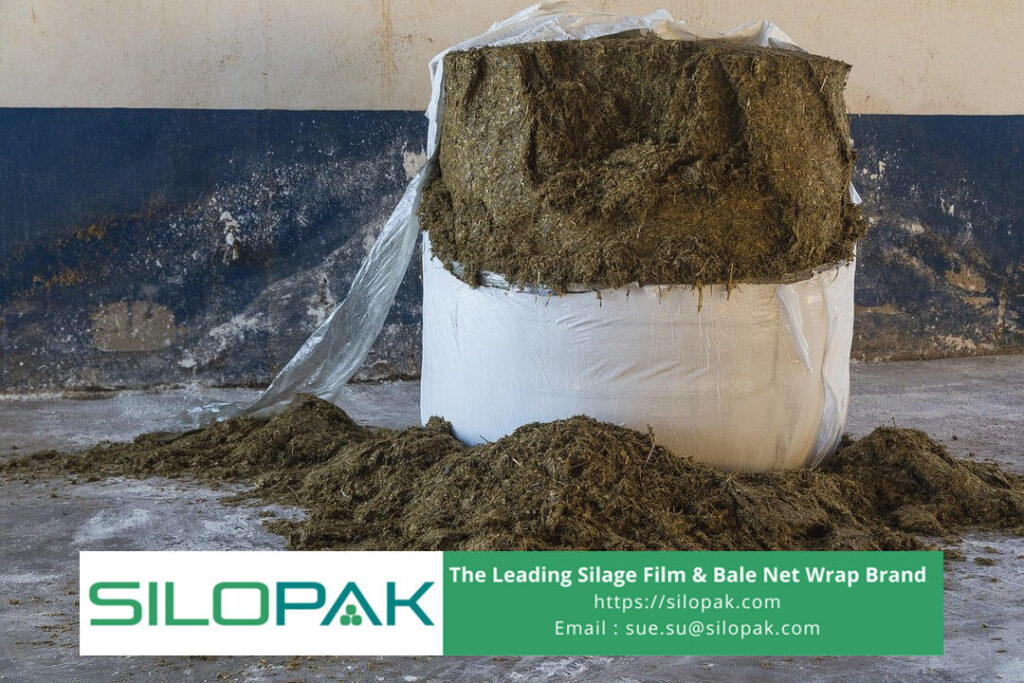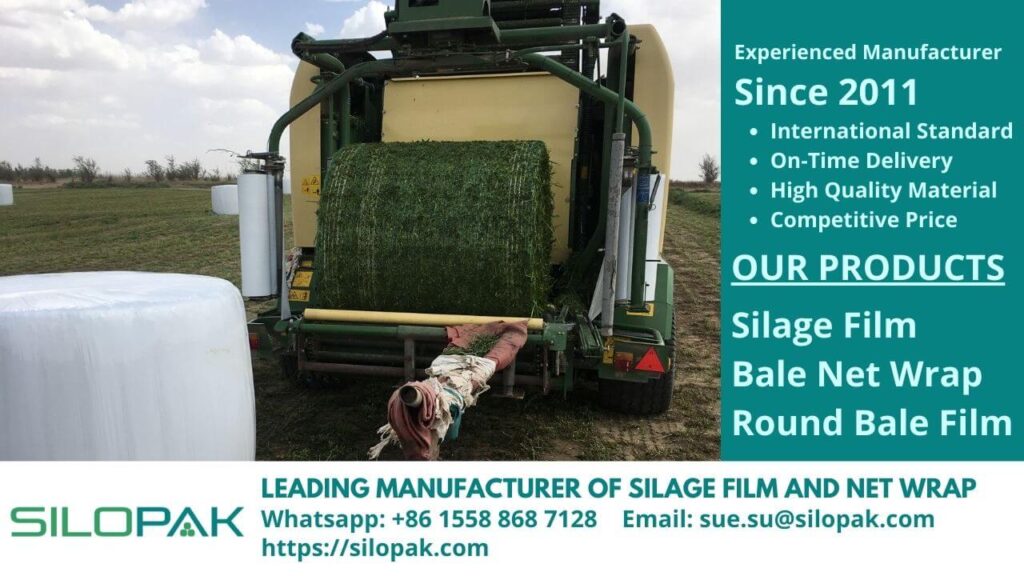
The farm must be supported by nutritious feed to seek abundant milk and meat production. If you are a newcomer to this one business or have struggled from generation to generation, you should not be surprised by the various types of healthy food choices on the market.
But of course, you don’t need to buy and give all types of nutritious feed to livestock. This kind of action will only increase the cost of maintenance of livestock with results that are not necessarily optimal. Instead of buying feed, many middle and large-class breeders integrated the livestock business with agriculture, then made their feed with certain techniques.
In this article, let’s discuss everything you need to know about nutritious feed, and how to choose the best to meet the daily needs of livestock. How do you also choose the right silage film to support the making of fermented feed independently?
Important Facts about Nutritious Feed
The decision to do business farming must be accompanied by a readiness to meet their feed throughout the year. This is a condition that must be taken if you want to get abundant meat and milk from livestock. Before discussing more about how to make silage, let’s look at important facts about the following nutritious feed:
Nutritional Feed is a Traditional Product and Part of an Art
As a tradition, nutritious feed has been made by breeders for generations to protect the sustainable livestock business. When green feed is not available throughout the year, the manufacture of nutritious fermentation feed is carried out in the rainy season to prepare for the scarcity of feed in the dry season.
As an art, nutritious feed to the river is very subjective. The composition depends on the beliefs of each breeder in meeting the daily feed needs of beef cattle, dairy cows, cows, or cows that are pregnant. This way encourages various types of healthy feed that can be used as an ideal example.
Fermented Feed and Silage
The types of nutritious feeds mentioned above can be made using fermentation and preservation methods. In the initial stages, green materials are cut and compacted, then wrapped in good-quality film silage. Making silage will guarantee the availability of healthy feed in the dry season, as well as save costs when rare green grass is in grasslands.
The Best Time to Provide Nutritious Feeds to Livestock
This type of feed can be given once a day when green grass is flourishing in grasslands. Meanwhile, healthy feed and concentrate can be given every day in the dry season when fresh green grass is rare. The dosage given varies, adjusted to the condition of the livestock.
It is not recommended to provide intense concentrate feed in the rainy season. If this is done, livestock may be too lazy to graze in the grasslands. Though fresh grass is one of the best feed ingredients to support the health and productivity of livestock.
Cows that have been weaned will usually require more healthy feed than cows who are still breastfeeding. Likewise, the need for feed for the parent cow must be special, especially if the broodstock is pregnant. No less important, every breeder must take into account the amount of nutritious feed so that it is enough throughout the year.
How to Make Silage as Part of the Nutritious Feed

Silage is a forage feed that is preserved and undergoing a fermentation process so that it can meet the daily food needs of livestock in the dry season. Let’s look at the following brief guide to make good silage:
Grass Cutting Stage
Making silage begins by cutting green grass and other nutritious materials. The best cutting time is in the afternoon or evening when the morning dew is dry. You must also pay attention to the condition of the plant when the nutritional levels are high so that the fermentation process will take place optimally. The size of slaughtering grass and other feed ingredients must also be uniform by using a machine or manually.
Stage of Compaction and Wrapping
Green grass that has been cut is then compacted in the form of a bale, or put in an airtight place. For a more efficient way of making silage, grass that has been compacted will be wrapped using film silage so that it is airtight, and resistant to prick, tears, and exposure to ultraviolet rays.
The Fermentation Stage
Silage that has been wrapped tightly with the best silage film will experience the organic fermentation stage. A good method of wrapping will make the silage last durable for three months or even up to a year. Later, silage can be opened and then served on livestock as nutritious feed in the dry season.
Those are some of the things you need to know about the nutritious feed and how the stages of making silage to support the increase in productivity on the farm.

